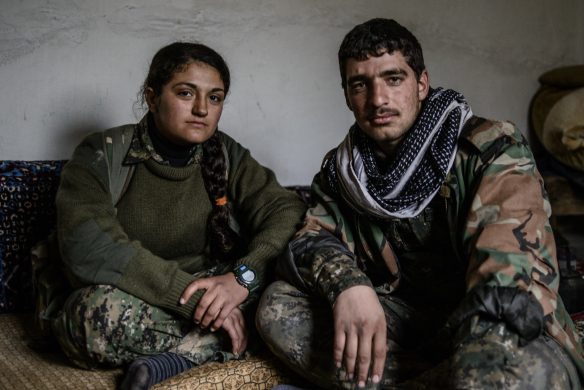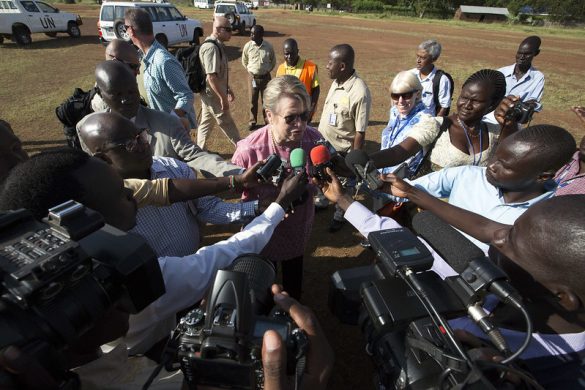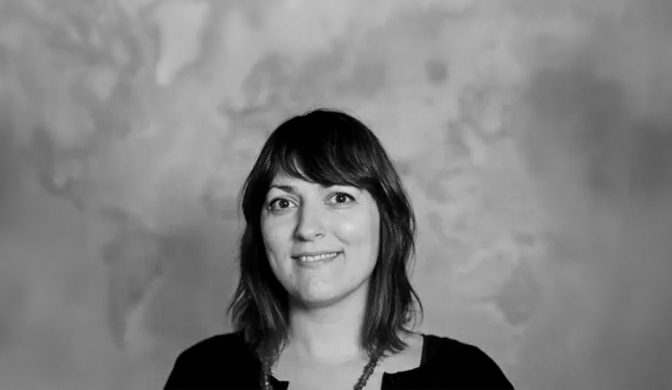The richest 10 percent of Kenyas households control more than 42 percent of its total income, according to a report that ranks the East African country among the ten most unequal nations in the world. The poorest 10 percent make do with less than one percent of Kenyas wealth, noted the report, which was launched on Tuesday, reports IRIN.
– For every shilling spent by the poorest 10 percent in Kenya, the richest 10 percent spend about 52 shillings, said the report, compiled by the Society for International Developmet (SID) in conjunction with Kenyas planning ministry and the Swedish International Development Cooperation Agency (Sida).
The report, entitled “Pulling Apart; Fact and Figures on Inequality in Kenya”, shows steep disparities in almost all human development indices. Inequalities exist between geographical regions and there are also gender inequalities.
A child born in the western province of Nyanza can expect to live 16 years less that his compatriot in the relatively well off Central Province, according to the report, which also says that 15 percent of the people in Nyanza are living with HIV, as against about zero percent in the predominantly Muslim Northeastern Province.
The report says that in Central Province, there is one doctor to about 20.000 people, while the ratio is 1:120.000 in the Northeastern Province, which is remote and arid.
– For the age group 20-24 years, there are about 274.000 unemployed women in urban areas compared to about 73.000 in the case of men in the same age group,” according to the report, which also noted that wealthier groups in Kenya had generally better access to education than the poorer ones.
An estimated 93 percent of women in Northeastern Province have no education at all, compared to about three percent in Central province.
The report lists Sierre Leone, Central African Republic, Swaziland, Brazil and Nicaragua among the most unequal countries in the world and ranks Belarus, Hungary, Denmark, Sweden and Finland as the countries with the least disparities.
The full report in available on website: www.sidint.org
Kilde: FNs nyhedstjeneste















